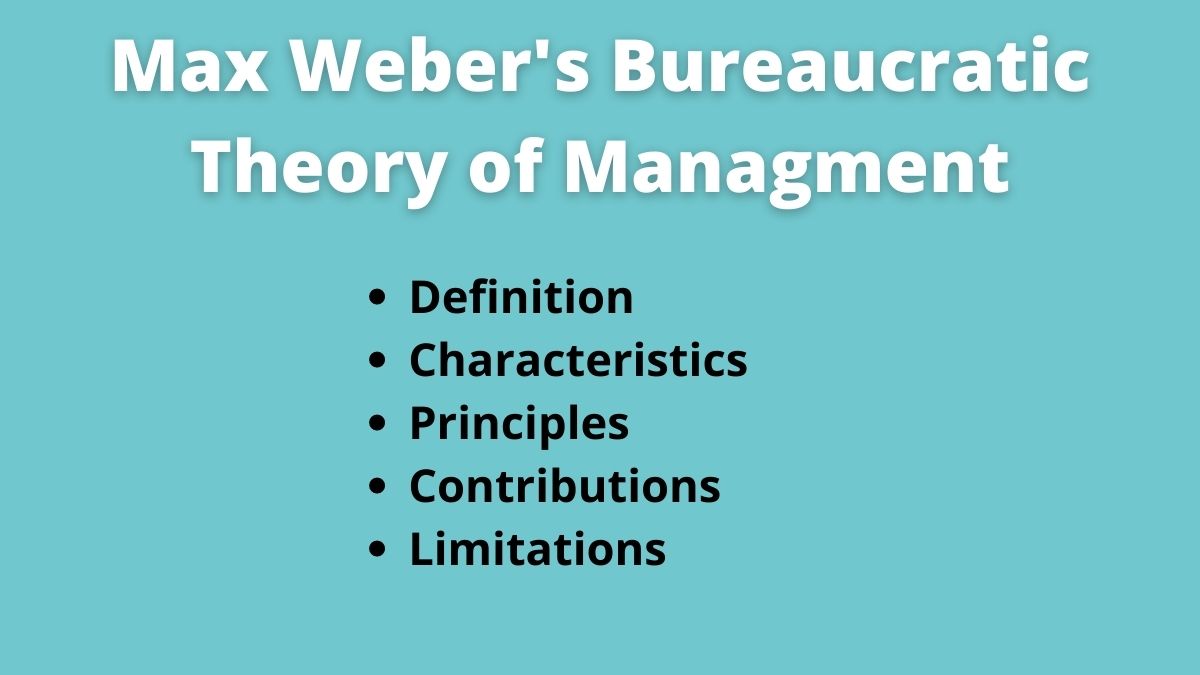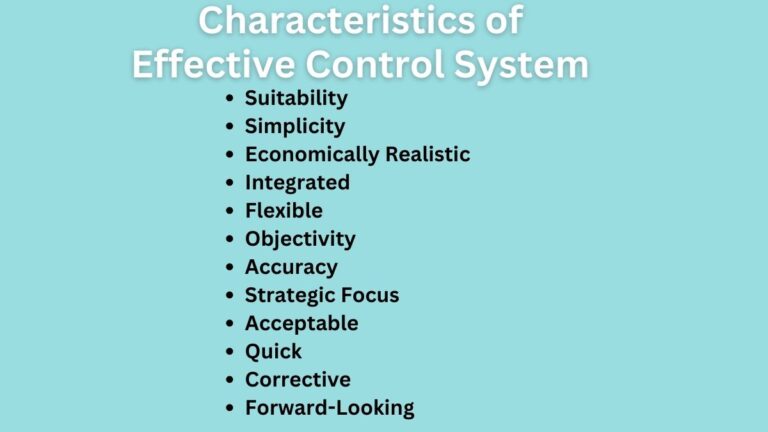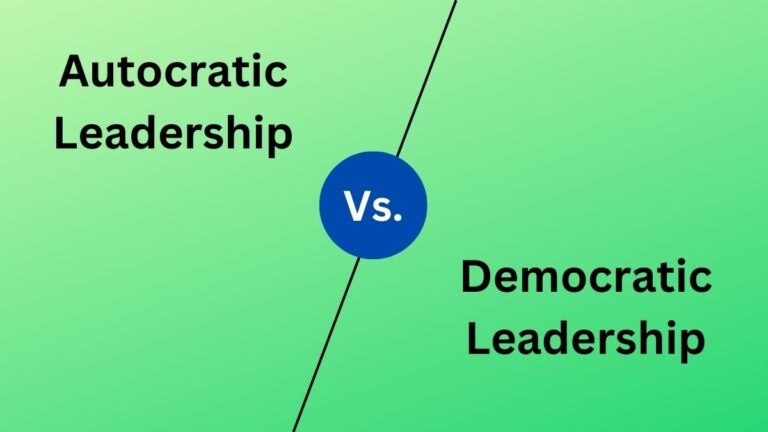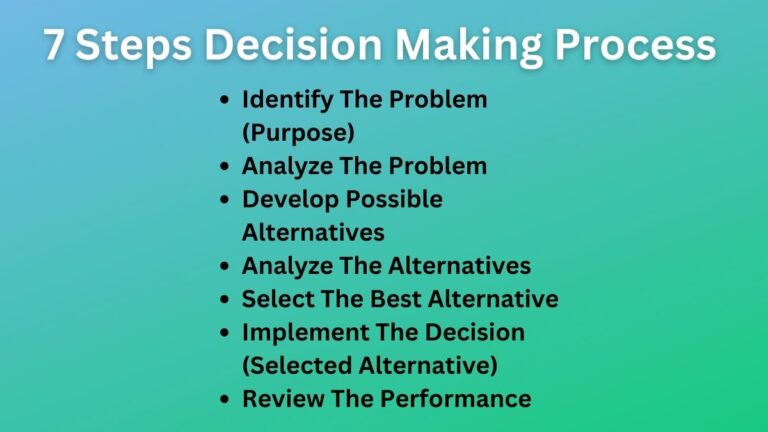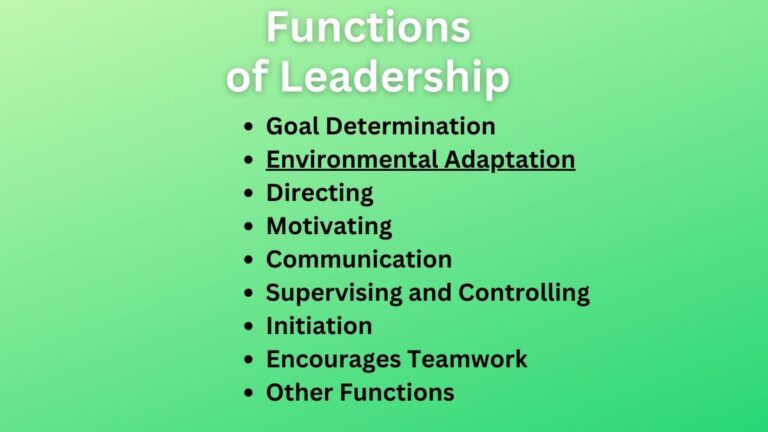Bureaucratic Theory of Management: Definition, Principles, Contribution, and Limitations
What is the Bureaucratic Theory of Management?
The bureaucratic theory of management developed by Max Weber, states that for an organization to be efficient and effective in its goal achievement needs to be more authoritative, rigid, and structured. It is the management of the business with a clearly defined managerial process.
Max Weber’s (1864-1920) bureaucracy simply refers to the form of organization characterized by a clearly defined hierarchy, division of labor, explicit rules and regulations, and impersonal relations. He offered a bureaucratic model for the management of any large and complex organization in any branch of human activity.
Weber defined bureaucracy as an ideal form of organization in which activities and objectives are rationally thought out and whose decisions of labor are explicitly spelled out. He contributed to the classical movement of management.
Weber is in opposition to the traditional management practice of favoritism or nepotism while judging and evaluating the employees in the workplace. It emphasized being impersonal, meaning that the performance of an employee should be judged and evaluated by clearly stated rules and tasks he has done.
He talked about formality and authority in the organization. According to him, an organization has three types of authority rational-legal power, traditional authority, and charismatic authority.
He believed that bureaucracy provided an ideal weapon to harness and routine human and machinery energy, which field the industrial revolution. The bureaucratic organization may be preferred in stable organizations where change is not anticipated or where the rate of change is slow and can be predicted. But we can not use bureaucracy in a dynamic environment.
Characteristics of Bureaucratic Organization
Weber stated that bureaucratic organization structure has the following features.
- The hierarchy of authority with superior-subordinate relationships and a chain of command.
- Clear-cut division of work based on competence and functional specialization.
- There should be a system of rules, regulations, and procedures.
- A rule of law leads to impersonality in interpersonal relations. Interpersonal relations are based on positions, not on personalities.
- There should be a system of work procedures involving standardization of methods.
- Selection and promotion of employees are based on technical competence.
- Life-long employment and adequate protection of employees against arbitrary dismissal.
He stated that an organization can be considered bureaucratic depending on the extent to which the above features are present.
Related: What is Scientific Management Theory?
Principles of Bureaucratic Theory
Max Weber, a German sociologist is also considered the father of bureaucracy. He believed an ideal model for management is a bureaucratic approach that ensures efficiency and effectiveness in planning, decision-making, employee selection and protection, resource control, reporting, and communication.
In his book titled “The Theory of Social and Economic Organization,” he described his principles of bureaucracy. He has given us different principles which are commonly known as bureaucratic principles of management. They are:
Hierarchal Structure
Hierarchy is the formal relationship among various functional levels of the organization. A formal hierarchy serves as a basis for central planning and centralized decision-making.
According to this principle of the bureaucratic theory of management, a higher level of management controls subsequently lower levels. Command, instruction, and communication flow through this hierarchy.
Functional Speciality
This principle states that top-level management must possess the expertise, abilities, training, and knowledge necessary to do a variety of tasks inside an organization.
Specialists must complete the work. Organizing people based on their skills or the kind of work they perform is necessary. Specialization must be highly targeted rather than generalization.
Clearly Defined Rules and Regulations
It states that decisions should be made in accordance with established guidelines. Plans and decisions shouldn’t be made based solely on subjective evaluation. The rules and regulations must be put into effect by all levels of management.
The defined rules and regulations should serve as the foundation for employee selection, training, and development, the remuneration system, and grievance management. Each organization member is required to accept and abide by these guidelines in order to perform their duties.
Impersonality
Impersonality states that all the stakeholders from owners to general customers should be treated fairly and equally without any prejudice. This idea is about treating all employees and customers equally, and not treating them by individual differences. So, there must be the practice of equality for each member.
Formal Selection of Employees
For an organization to succeed, hiring the right people is crucial. The technical knowledge, abilities, and experience needed for the position should be taken into consideration while choosing employees.
The proper man should be chosen for a responsible position. This contributes to the organization’s productivity growth, which ensures the accomplishment of organizational objectives.
Career Development
Each employee should be confident that the organization has a guarantee of career advancement in terms of standard of living. The organization should have a strong backup for training and development, a well-established performance evaluation system, and a fair compensation system.
The organization should plan for economic security, physical security, and job security. This principle thus states that an organization should ensure personal growth working in the organization.
Also Read: What is Contingency Management Theory?
Contribution and Limitations of Bureaucratic Theory of Management
Weber’s bureaucratic theory does have valuable contributions as well as some limitations. They are:
Contributions of bureaucratic theory:
- This model is useful for managing big and complex organizations like governments, armies, multinationals, and global organizations.
- Decisions can be made rationally based on clear rules and regulations.
- The technical competence of employees facilitates specialization which helps to increase organizational productivity.
- This theory emphasizes the formal selection process of employees to ensure the right person for the right job.
Limitations of bureaucracy theory:
- Bureaucracy is a very rigid system. It is generally described as a rational legal system that cannot be applicable in all organizations.
- It emphasizes efficiency at the cost of human needs means this theory does not prioritize human sentiments and relations.
- The procedures are lengthy and time-consuming. In this context, this theory may not be suitable to increase productivity.
- Every decision must depend on rigid rules, regulations, and procedures which may not be practical in real-life situations, especially in business organizations.
- This theory lacks innovations and flexibility. It cannot be changed with the complex and dynamic business environment.
Read Next: Administrative Management Theory
Sajan Kushmi is a content writer with more than 4 years of experience. He holds BIM Degree. He write on the topics related to Management, Marketing, and Entrepreneurship.
